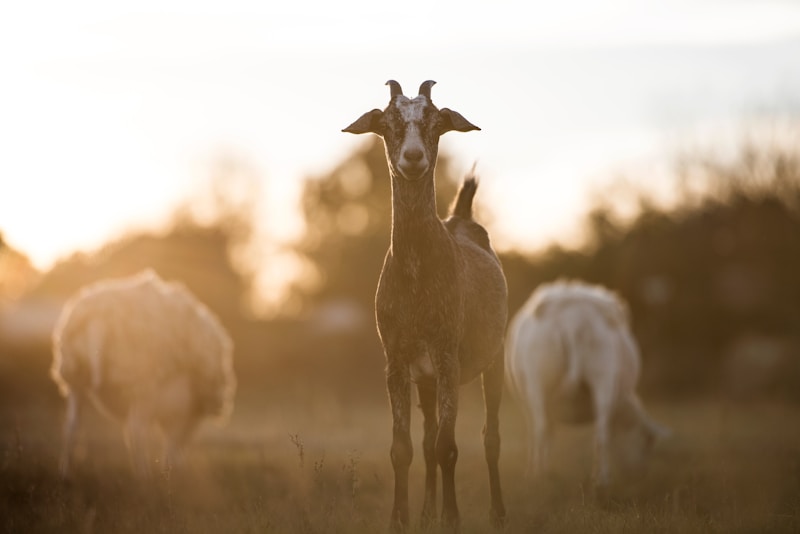9 Questions
What is kinship?
What is the difference between affinity and descent group?
What is a descent group?
What is marriage?
What is the difference between endogamy and exogamy?
Who developed the alliance theory?
What did British social anthropology see kinship relations as?
What did George P. Murdock and Claude Lévi-Strauss attempt to find?
What is the nurture kinship perspective of cultural anthropologists?
Summary
Kinship is the web of social relationships that forms an important part of the lives of all humans in all societies. It includes social relationships such as mating, parenthood, socialization, siblingship, and more.
Kinship can refer to the patterns of social relationships themselves, or it can refer to the study of the patterns of social relationships in one or more human cultures.
Kinship patterns may be considered to include people related by both descent and by marriage. Human kinship relations through marriage are commonly called "affinity" in contrast to the relationships that arise in one's group of origin, which may be called one's descent group.
Kinship can also refer to a principle by which individuals or groups of individuals are organized into social groups, roles, categories, and genealogy by means of kinship terminologies.
Kinship may refer to a similarity or affinity between entities on the basis of some or all of their characteristics that are under focus.
In biology, "kinship" typically refers to the degree of genetic relatedness or the coefficient of relationship between individual members of a species.
Family is a group of people affiliated by consanguinity, affinity, or co-residence/shared consumption, and it is the principal institution for the socialization of children.
Different societies classify kinship relations differently and therefore use different systems of kinship terminology.
A descent group is a social group whose members talk about common ancestry, and there are four main categories of rules of descent: bilateral, unilineal, ambilineal, and double descent.
Marriage is a socially or ritually recognized union or legal contract between spouses that establishes rights and obligations between them, between them and their children, and between them and their in-laws.
There is wide cross-cultural variation in the social rules governing the selection of a partner for marriage.A Brief History of Kinship Studies
-
The concept of kinship refers to the social relationships between people based on biological or social ties.
-
Endogamy, marrying within one's social group, is common in class and caste-based societies, while exogamy, marrying outside one's group, is prevalent in societies with totemic religion.
-
Incestuous marriages, such as between parents and children or full siblings, are considered taboo and forbidden.
-
Kinship systems can have wider social implications in terms of economic and political organization.
-
French anthropologist Claude Lévi-Strauss developed the alliance theory, which emphasizes the exchange of women between kinship groups.
-
Early kinship theorists, such as Lewis Henry Morgan, believed that humans have an inherent valuation of genealogical ties and a desire to construct social groups around them.
-
British social anthropology saw kinship relations as concrete networks of relationships among individuals.
-
The concept of "system of kinship" dominated anthropological studies of kinship in the early 20th century.
-
George P. Murdock and Lévi-Strauss attempted to find universal patterns in human kinship.
-
Edmund Leach argued that kinship was a flexible idiom that had the grammar of a language.
-
David M. Schneider's critique of genealogical notions of kinship had a major influence on subsequent studies of kinship.
-
Anthropologists have since focused on the performance of various acts of nurture between individuals to bring kinship relationships into being.Understanding Kinship: A Summary
-
Biological evidence supports the view that social bonds and kinship are mediated by shared social environments and processes of frequent interaction, care, and nurture.
-
Sociobiologists and evolutionary psychologists misrepresent biological theory, mistakenly believing that inclusive fitness theory predicts that genetic relatedness per se mediates social bonding and social cooperation in organisms.
-
Social bonding and cooperation in social mammals and primates are mediated through processes of shared living context, familiarity, and attachments, not by genetic relatedness per se.
-
Biology as a theoretical and empirical endeavor supports the nurture kinship perspective of cultural anthropologists.
-
Ethnographic methods, including accounts of the people themselves, analysis of historical contingencies, symbolic systems, economic and other cultural influences, remain centrally important for a full account of kinship in any particular human culture.
-
Evolutionary psychology takes the view that genetic relatedness or genealogy is key to understanding human kinship patterns.
-
Humans have an inborn but culturally affected system for detecting certain forms of genetic relatedness.
-
Kinship detection system affects other genetic predispositions such as the incest taboo and a tendency for altruism towards relatives.
-
Kinship does not form clear boundaries and is centered differently for each individual, whereas descent groups usually form clear boundaries and provide an easy way to create cooperative groups of various sizes.
-
The terms "pater" and "genitor" have been used in anthropology to distinguish between the man who is socially recognized as father and the man who is believed to be the physiological parent.
-
The terms "genitor" or "genetrix" do not necessarily imply actual biological relationships based on consanguinity but rather refer to the socially held belief that the individual is physically related to the child, derived from culturally held ideas about how biology works.
-
The study of kinship may be abstracted to binary relations between people, and the relation of siblings is expressed as the composition of the parent relation with its inverse.
Description
Test your knowledge of kinship and family structures with our quiz! Explore the social relationships and patterns that form the foundation of human society, from descent groups to marriage customs. Learn about the history of kinship studies and the different ways that societies classify kinship relations. This quiz will challenge your understanding of biological and cultural factors that shape our understanding of kinship and family. Keywords: kinship, family, descent, marriage, anthropology, social relationships.


